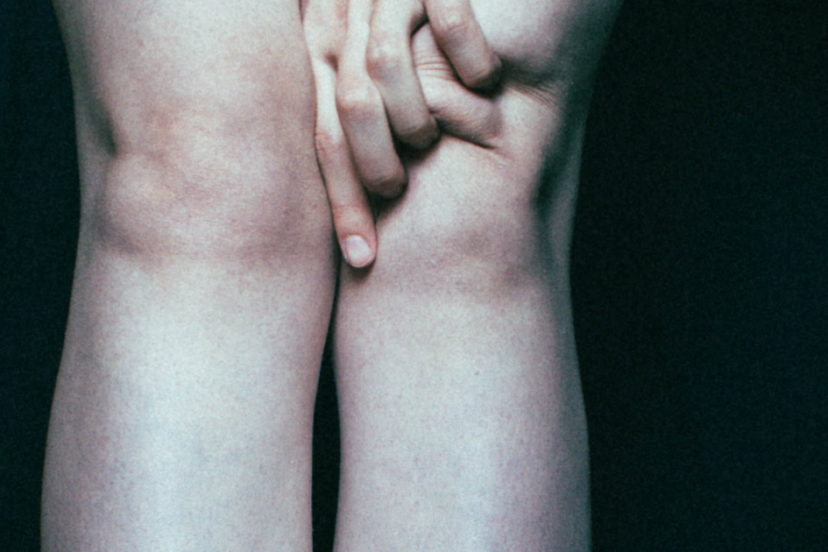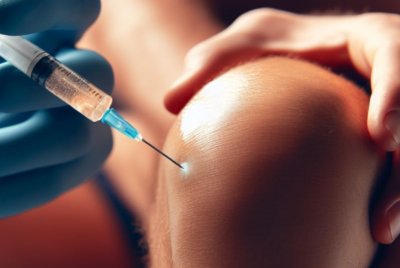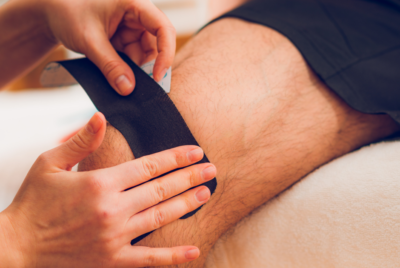Pain on Inside of Knee: 5 Top Causes
Introduction
Experiencing pain on the inside of the knee can be a frustrating and debilitating issue. Whether it’s a sharp, stabbing pain or a dull ache, understanding the causes, treatment options, and preventive measures can help you find relief and improve your knee health. In this article, we will explore the common causes of pain on the inside of the knee, discuss treatment options, and provide valuable advice for preventing future pain.
Understanding Pain on Inside of Knee
To effectively address pain on the inside of the knee, it’s important to understand the anatomy of the knee joint and the potential causes of the discomfort.
Anatomy of the knee
The knee joint is a complex structure comprising bones, ligaments, tendons, and cartilage. The inner (medial) aspect of the knee is particularly vulnerable to injuries and conditions that can lead to pain. The inner knee is composed of the medial collateral ligament (MCL), medial meniscus, and the joint surface of the femur and tibia bones.
Common causes of inner knee pain
Several factors can contribute to pain on the inside of the knee. Some common causes include:
1. Medial collateral ligament (MCL) injury:
An injury to the MCL, often caused by a sudden twisting or direct impact, can result in inner knee pain.
2. Meniscus tear:
The medial meniscus, a C-shaped cartilage pad, can be torn due to trauma or degeneration, leading to pain and discomfort on the inner side of the knee.
3. Arthritis:
Conditions such as osteoarthritis or rheumatoid arthritis can affect the knee joint, causing pain, inflammation, and stiffness.
4. Overuse injuries:
Repetitive activities, such as running or jumping, can strain the structures of the knee and lead to inner knee pain.
5. Bursitis:
Inflammation of the bursae, small fluid-filled sacs that cushion the knee joint, can cause pain on the inside of the knee.
Diagnosing the Source of Pain
Proper diagnosis is essential for effective treatment. If you’re experiencing inner knee pain, it’s important to seek medical evaluation to identify the underlying cause.
Medical evaluation and diagnostic tests
During a medical evaluation, your healthcare professional will review your medical history, conduct a physical examination, and possibly order diagnostic tests, such as X-rays, MRI scans, or arthroscopy, to assess the condition of your knee joint.
Treatment Options for Inner Knee Pain
The treatment approach for inner knee pain depends on the underlying cause and severity of the condition.
Here are some common treatment options:
1. Conservative measures:
Resting the knee, applying ice packs, and using compression and elevation can help alleviate pain and reduce inflammation.
2. Medications for pain management:
Nonsteroidal anti-inflammatory drugs (NSAIDs) and pain-relieving medications may be prescribed to manage pain and reduce swelling.
3. Physical therapy exercises:
A physical therapist can prescribe specific exercises to strengthen the muscles around the knee, improve stability, and alleviate pain.
4. Surgical interventions:
In severe cases, surgical procedures such as arthroscopy, meniscus repair, or ligament reconstruction may be necessary to address the underlying issue.
Preventing Inner Knee Pain
Prevention plays a crucial role in maintaining knee health and preventing future pain. Here are some preventive measures to consider:
1. Maintaining a healthy weight:
Excess weight puts additional stress on the knee joint, increasing the risk of pain and injuries. Maintaining a healthy weight can alleviate strain on the knee and reduce the likelihood of inner knee pain.
2. Proper warm-up and stretching:
Before engaging in physical activities or exercise, it’s important to warm up the muscles and perform stretching exercises to prepare the knee joint for movement and reduce the risk of injury.
3. Strengthening exercises:
Strengthening the muscles around the knee, particularly the quadriceps and hamstrings, can provide stability and support to the joint, reducing the risk of inner knee pain.
When to Seek Medical Attention

While minor knee pain can often be managed with conservative measures, certain situations warrant immediate medical attention:
- Severe swelling or bruising around the knee
- Inability to bear weight on the affected leg
- Sudden locking or instability of the knee
- Persistent or worsening pain despite home remedies
- Seeking prompt medical attention in these cases can help diagnose and address any underlying issues effectively.
Conclusion
Pain on the inside of the knee can significantly impact your daily activities and quality of life. By understanding the causes, seeking appropriate medical evaluation, and implementing preventive measures, you can manage and prevent inner knee pain. Remember to consult with a healthcare professional for an accurate diagnosis and personalized treatment plan tailored to your specific needs.
FAQs
1. Can inner knee pain be a sign of arthritis?
Yes, inner knee pain can be a symptom of arthritis, particularly osteoarthritis, which affects the joint surfaces and can lead to pain, stiffness, and swelling.
2. Is it normal to have mild knee pain after exercise?
Mild knee pain after exercise can be normal due to muscle fatigue or minor strain. However, persistent or severe pain should be evaluated by a healthcare professional.
3. Can inner knee pain be prevented with proper footwear?
Proper footwear with good arch support and cushioning can help distribute pressure evenly and reduce the risk of knee pain. Choosing appropriate footwear for specific activities is important.
4. How long does it take to recover from inner knee pain?
Recovery time varies depending on the cause and severity of the pain. Mild cases may resolve with rest and conservative measures within a few weeks, while more severe conditions may require longer recovery periods.
5. Are there any alternative therapies for inner knee pain?
Alternative therapies such as acupuncture, massage, and certain supplements may provide temporary relief, but their efficacy and safety should be discussed with a healthcare professional.
Remember to consult with a healthcare professional for personalized advice and treatment recommendations based on your specific condition.
*We may earn a commission from purchases made through our links, at no cost to you. This does not affect our product recommendations. Please see our disclosure to learn more.
![Urban Health Hive]](https://urbanhealthhive.com/wp-content/uploads/2023/05/cropped-cropped-Health_Logo.png)



